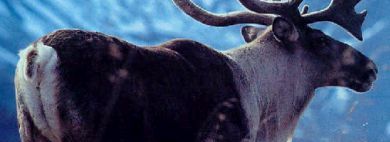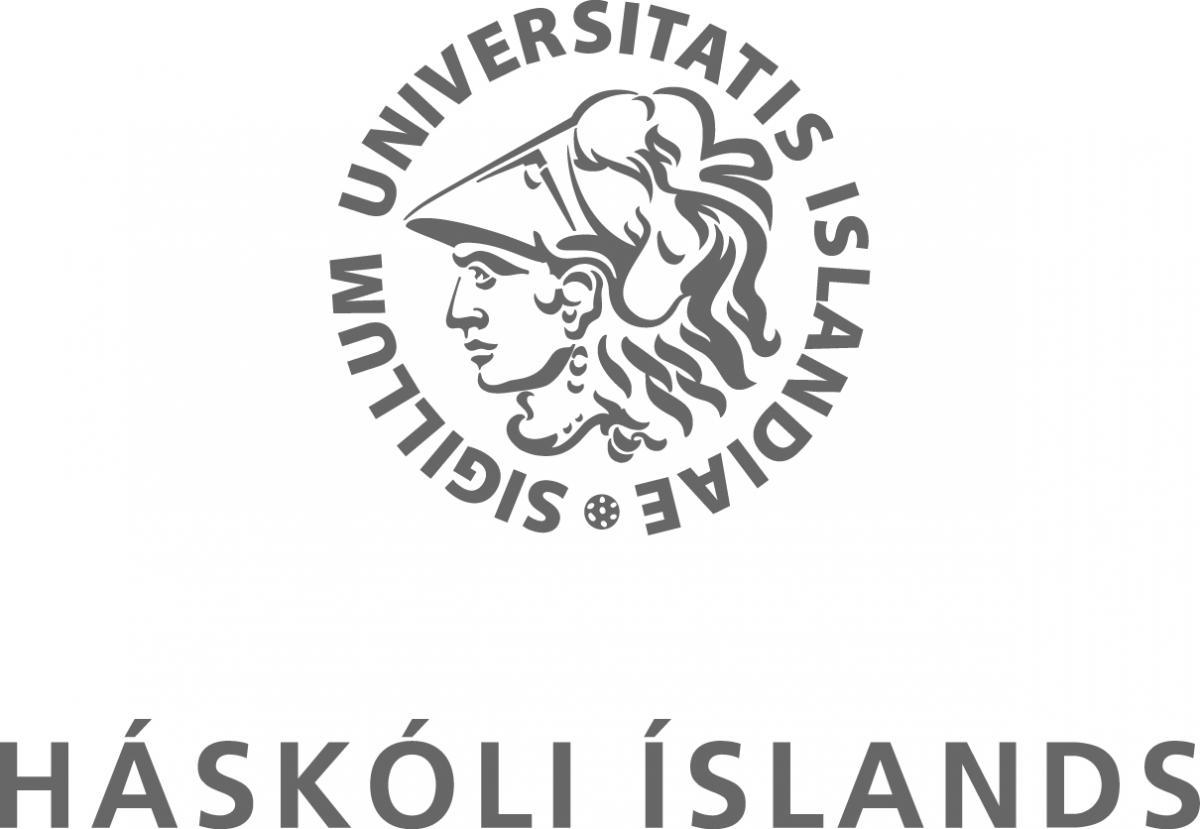Proposals for the establishment of retail fish markets in Iceland / Public fish markets in Iceland - propositions
Why is it not common in Iceland for the public to be able to buy fresh fish on the quayside or at the fish market? Iceland is known for its large and healthy fishing grounds and fish products of high quality. Why not make more of an experience in connection with the fish, both for Icelanders and for tourists? Many people are interested in the idea of a fish market, but for some reason it has not been implemented. These proposals review the status of fish markets in Iceland and what "retail fish markets" can offer. Examples of fish markets abroad are taken, various ways of setting up a retail fish market are reviewed, and the main steps that need to be kept in mind when setting out are reviewed. Finally, an example is taken of the process of original idea work for the establishment of a retail fish market in Reykjavík. The authors hope that this summary will spark interest in and contribute to the establishment of fish markets for the general public across the country.
There are currently no public fish markets in Iceland - why? Iceland is known for its rich fishing grounds and quality fish products. Why has the seafood experience been more exploited, for the Icelandic public as well as tourists? The idea of a public fish market greatest excitement among most people, however, it has not resulted in an up and running market. In these propositions the current situation in Iceland is reviewed as well as what is to gain by creating and running public fish markets. Examples are taken from fish markets abroad, different scenarios are illustrated and important steps in the preparation process discussed. Finally, example is given on the first steps in idea generation for a public fish market in Reykjavik. The authors aim for these propositions to encourage the establishment of public fish markets all around Iceland.










